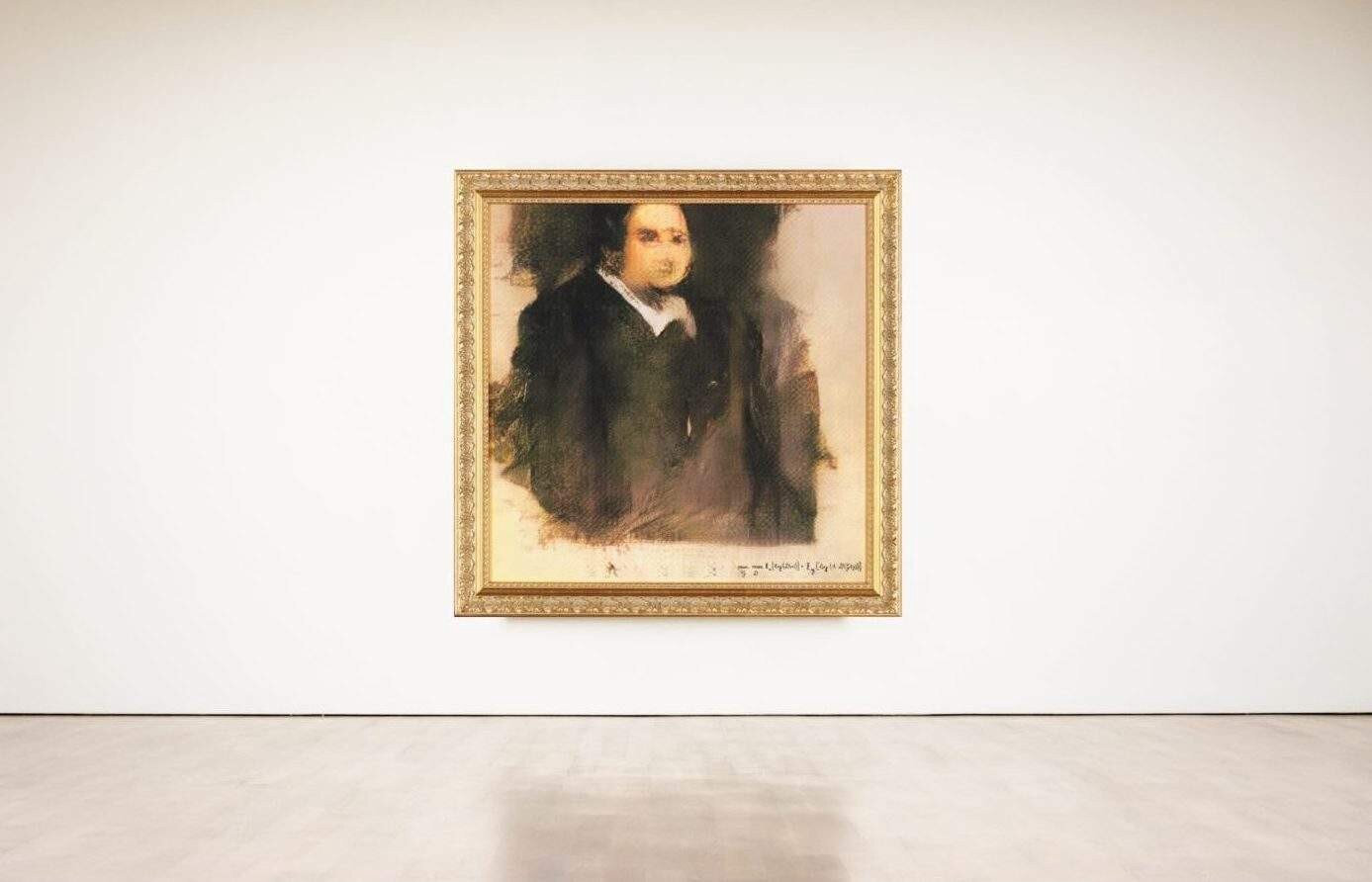High School Student Blog: Using AI in Art (from AARON in 1973 to the Present)
AI + Art: a new unique blend.
Art is a form of self-expression; a product of human creativity and imagination. It is one of the few things that excludes logic, leaving space for emotions and perspective to appreciate it. All of the above ideas: creativity, imagination, emotions, and perspective are intangible human traits to the core, one can’t explain them nor replicate them because we ourselves might never truly understand them.
“ The aim of art is not to represent the outward appearance of things, but their inward significance”
— Socrates
Yet, as technology has progressed, so has the way we create art. It gave us a faster medium for the world to share their creations and to be recognized for them. Film-making, graphic designing, and illustrations are a few of the many new doors that technology opened for the world of self-expression.
Artificial Intelligence is one of the fastest-growing technologies and is considered to be the future. AI art is the newest development in this field. Computational creativity now gives machines the ability to create their own paintings from their ‘imagination’ and even compose music.
One of the first AI-generated artwork was sold was at the Grand Palais, the Salon de Comparaison on February 13, 2018. This was created by an AI artist and scientist known as “ALAgrApHY” .
Although some people have found this art form strange, some were intrigued by it. An auction sale of AI art that took place at Christie’s Auction House in New York, an AI artwork was sold for $432,500; almost 45 times higher than its estimated selling price of $7,000-$10,000. The artwork was created by “Obvious”, a collective based in Paris.
Google’s PoemPortraits for example is another AI tool that uses 20 million words from 19th-century poems to produce a unique 2 line poem from the donated word. Here is one it produced with the word “tyranny”.
“My tyranny has sighed, Your cool clouds fall to the sunshine”
Now it is difficult to say if this would make sense. Several questions are raised regarding the authenticity of this art. Can we even call it art? Can machines have a consciousness to produce such products?
These are some questions that are raised, what do you think? My next post will be catering to the production of AI art, the tools, and the techniques that are used.
AI art, how is it created?
How? How does a machine create Art? The answers vary. Algorithmic Art has evolved over time. Harold Cohen, an artist, and engineer is known to have been one of the first people to recognize and connect technology and Art. His program AARON in 1973 was created in a way that produced drawings based on the set of rules programmed into it and in its lifetime, remained a program that performed creative tasks under the supervision and direction of the artist. However, as AI has developed, so has autonomy in algorithmic art.
Now, these artists create algorithms that use a large group of images as their data set in order to identify or “learn” a style. It then attempts to generate its own images based on this skill. This range of outputs has to be then looked at and chosen by the Artist. In this, the creation of the new painting/image/art is entirely dependent on the program being used but the Artist has the chance to give their insight into the creative process by being able to curate the input data themselves as well as choose their desired output.
Usually, these images created don’t end up perfect, a lot of them create weird images. An AI artist called AICAN for example has been inputted with thousands of images of Art from the west spanning over several centuries. This system then uses this data to generate a new image. What makes this unique is its “faceless portraits”. Faceless portraits are the result of the algorithm’s poor imitation of a face however, this distorted result has formed its own audience. The magnificence of something so random is now growing to be appreciated.
GANs fully known as generative adversarial networks have also gained popularity for use in Art over time. In fact, these have ended up creating some of the most realistic artworks. Here are some created by NoArtist, a collective that generates art through AI: https://www.noartist.io/ponts
GANs were first introduced by a computer scientist called Ian Goodfellow. This model uses two neural networks. One acts as a generator while the other acts as a discriminator. A generator would create these outputs based on the data set inputted while the discriminator will use the input to identify a real and fake (generated image) with the use of trends and patterns. These two together make it seem like a supervised machine learning process. Lastly, feedback is given to the models so that they can improve. This improves the quality of images produced with usage.
You yourself can create AI Art too! Yes, you! There are several websites and software that use techniques like this to generate their own artwork. The following link lists some that you can explore on your own: https://aiartists.org/ai-generated-art-tools
This sums up the basics of how AI Art is really produced. I hope this was insightful to anyone interested in the combination of these two areas.
Anushri Iyer is a Student Ambassador in the Inspirit AI Student Ambassadors Program. Inspirit AI is a pre-collegiate enrichment program that exposes curious high school students globally to AI through live online classes. Learn more at https://www.inspiritai.com/

